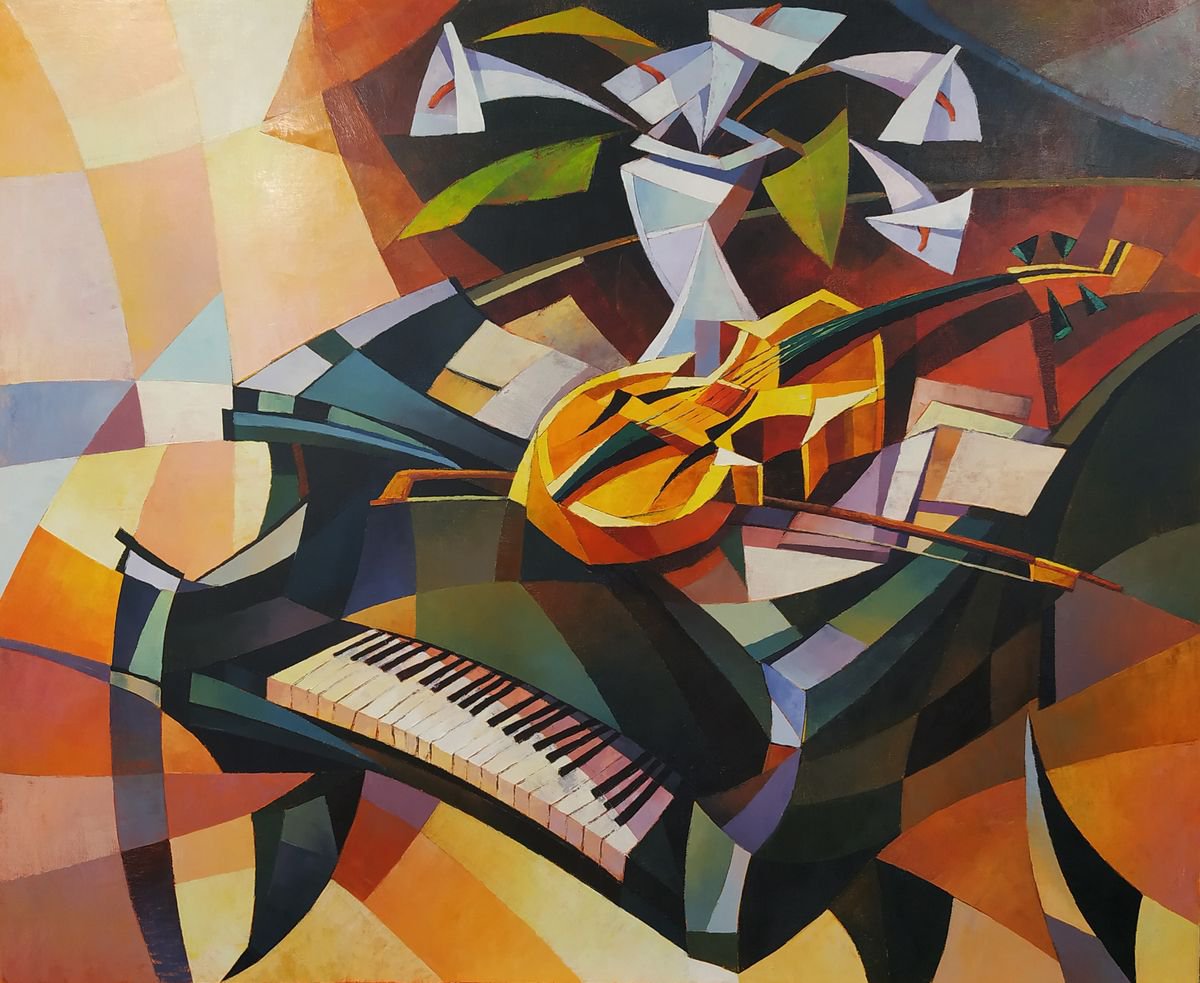

Meeting Picasso, they set out to experiment with this idea through the genre of still-life. Braque wanted to do away with the illusionism of painting and confront the viewer with what a painting was a two-dimensional canvas of signs. The space is condensed and the light source questionable. However, it would be Georges Braque and his homage paintings to Cézanne which would formulate the central ideas of early, also called analytical, Cubist art.īraque’s paintings of the area of L’Estaque from 1908 showed houses and trees stripped to their bare forms – the shapes that make up the object – in a chaotic way. The figures are deformed and abstracted, reminding us of the flat surface on which the painting is created. It is abrupt, jarring, composed of shards, and there is no space for the viewer to look into. Picasso’s Les Demoiselles d’Avignon (1906) is not only one of the most influential artworks of the twentieth century but the beginning of the Cubism movement. The Foundational Years Viaduct at L’Estaque by Georges Braque, 1908, via Smarthistory with Horta de Ebro by Pablo Picasso, 1909, via MoMA, New York The Cubism movement was looking for a new visual language that would accurately express reality.

Naturalism, then, was artificial and false to life it rendered objects from one point of view at one point in time.
Cubism drawing how to#
It was Paul Cézanne who would start this project of understanding how to render objects from multiple perspectives. Still Life with Ginger Jar and Eggplants by Paul Cézanne, 1893-94, via The Metropolitan Museum of Art, New York These artists were experimenting and trying to understand how we perceive the world: is it through an impression of a scene, or how we feel about a scene? A further question would be asked by Paul Cézanne: how do we paint an object when it is continually changing as we move around it? Objects don’t come at us from one perspective but from many. Painters such as Édouard Manet had begun to paint in a style we now see as an early form of Impressionist painting Vincent van Gogh transformed what he saw into how it affected him, emotionally.

Naturalism would hold the reigns of painting until the late nineteenth century when artists began to question the artificiality of painting. Please check your inbox to activate your subscription Thank you! This illusion of space formed the viewpoint at which a viewer could understand the painting. There were, of course, a multiplicity of methods for doing so, and debates over what subject should be depicted, but the fact remained that artists needed to create an illusion of space for the viewer. Since the Renaissance, western European painting had become preoccupied with how to create a rational, three-dimensional, image on a flat, two-dimensional, surface towards naturalism and away from abstraction. The Formation Of The Cubism Movement Hillside in Provence by Paul Cézanne, 1890-92, via the National Gallery, London To understand Cubist art, and to answer the question of ‘what is Cubism?’ we need to delve into art history and the modernist concern with finding an art form that accurately displayed modernity. Cubist art became an influence on many other art movements, such as De Stijl and Expressionism, in its search for representation through abstraction. In fact, on the first viewing of a Braque or a Picasso during their Cubist years, the puzzled viewer is struck by their monochromatic, disorderly, compositions.Īlthough the Cubism movement was relatively short-lived, they would play an integral part in the history of modernist art. In this conversation, Cubism asks the viewer to think, not merely to respond to the sensuousness of color and line that we might find in, say, an impressionist painting. Defining Cubist Art Bottle and Fishes by Georges Braque, 1910-12, via Tate, LondonĬubist art can be viewed as a playful conversation with art, both in its position in society and its methods for depicting reality.


 0 kommentar(er)
0 kommentar(er)
